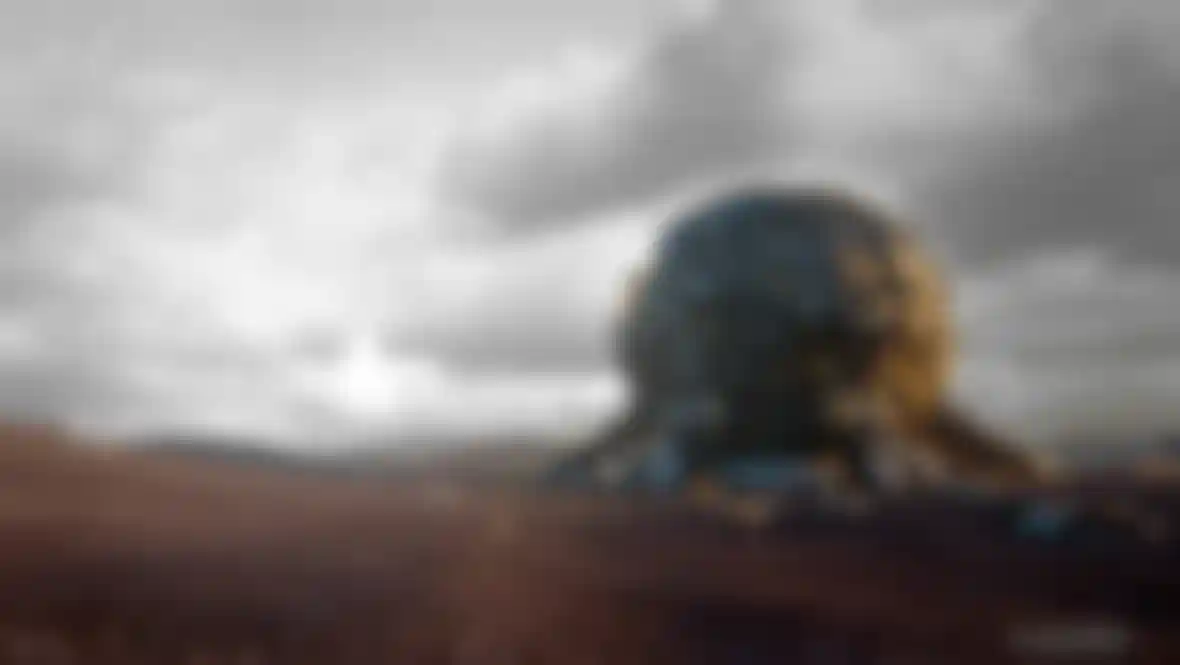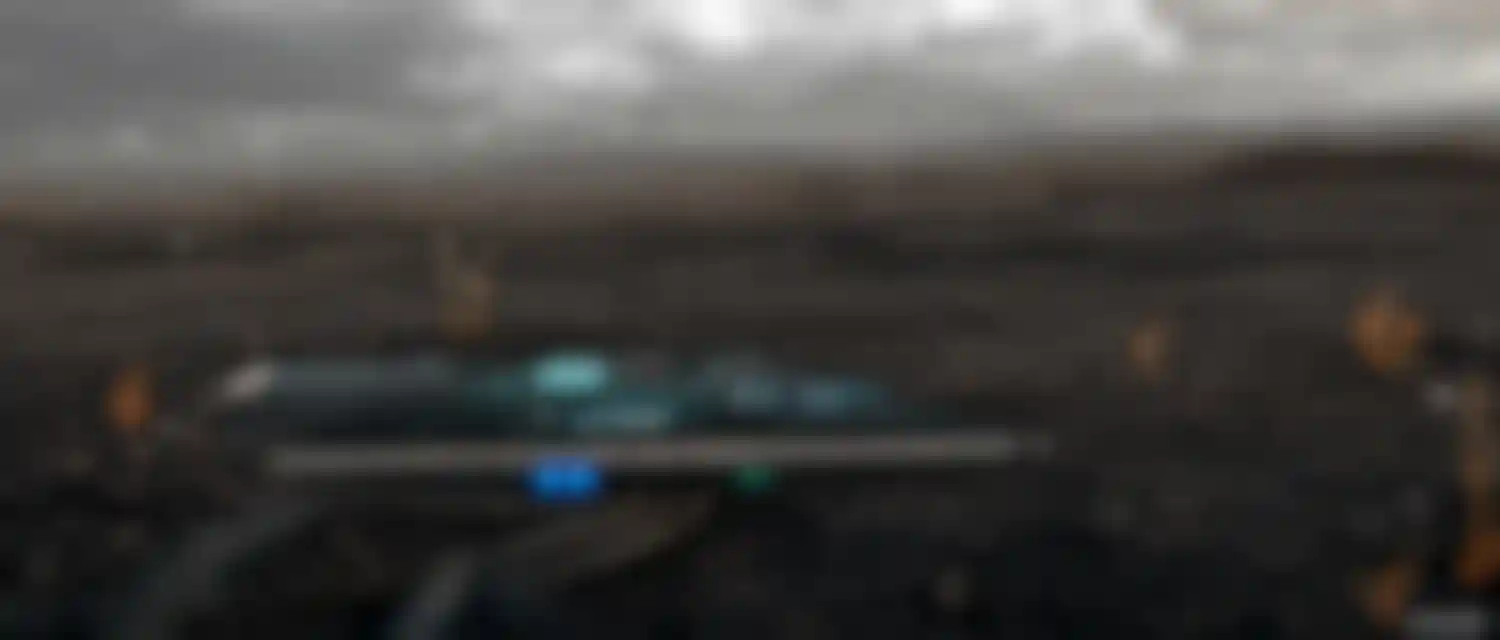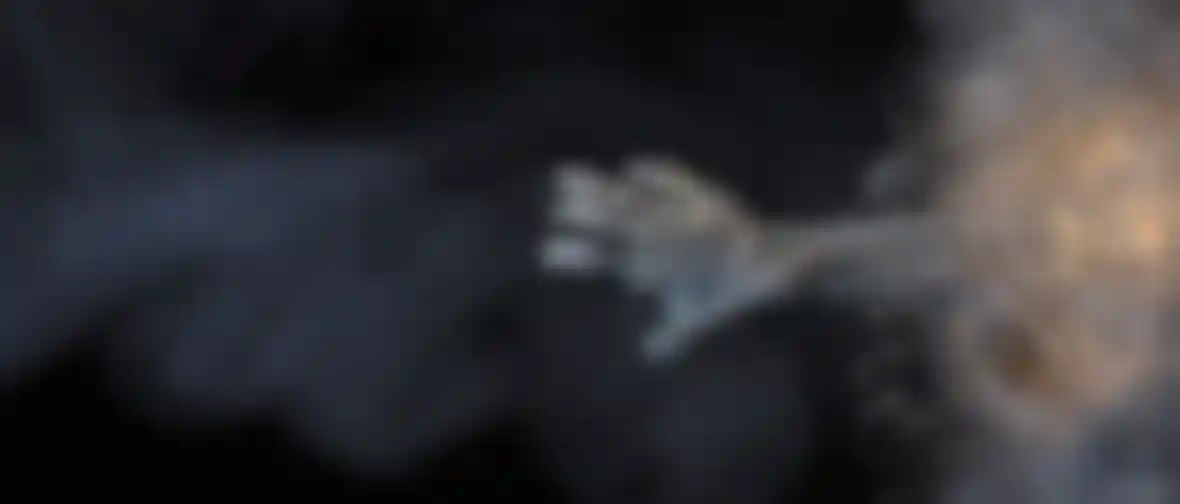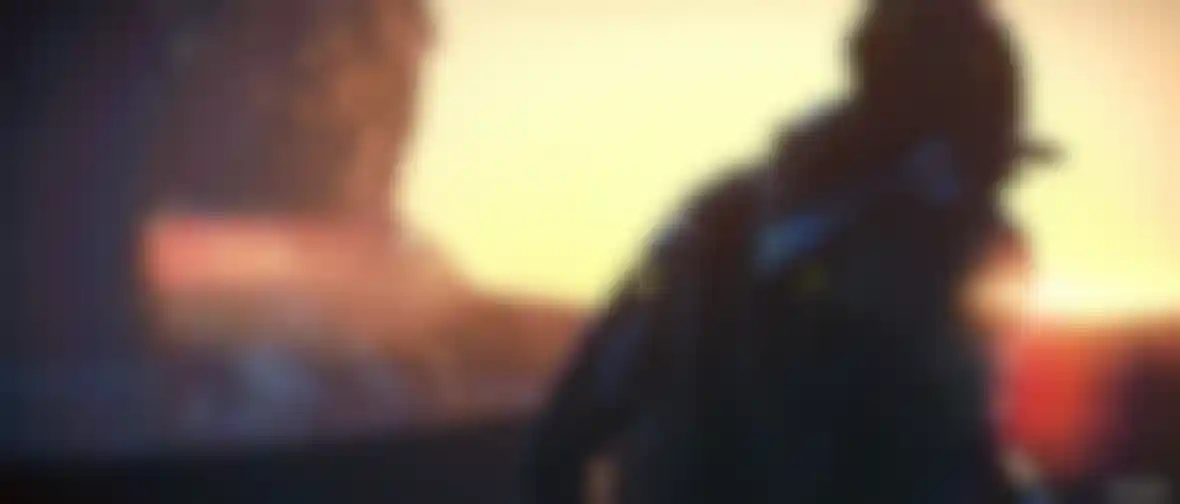
Talos Swordfish artists explain their post-apocalyptic animated short, Talos.
San Francisco motion-design studio Swordfish specializes in user experience design and marketing, with a robust Silicon Valley client base. But their recently released animated short, Talos, is unlike anything they've done before. Made using their usual toolset—Cinema 4D, Houdini, Substance, Redshift and Octane—it's the first major project they've undertaken without a client.
"We're always so busy working on paid jobs, we never find time to do anything as a personal passion project," explains Swordfish founder and Executive Creative Director Matt Silverman. But last year, while working on a big job, they realized they were experiencing some moments where artists were waiting for assets. "We thought, instead of doing tutorials or wasting time on Facebook, let's start coming up with our own little short film."
Swordfish will present Talos at an upcoming Maxon livestream event on June 18,
where Senior Creative Anthony Abbott will break down several shots from
the film, explaining the studio's workflow and process from conception
to finished film.
Exploring Skills and Tools During Downtime
Created in collaboration with Maxon, the film got underway last fall when a handful of Swordfish artists started using their downtime to come up with shots for a short film patterned on a film trailer or TV show opener. Silverman figured the team would write text, narrative titles, or maybe even a poem that would make the pictures tell a story. He guided the work for a couple of months before eventually asking Swordfish Producer Danielle Karstetter to produce the project. Senior Creative Daniel Clark, a former Pixar Houdini artist and Student Academy Award winner for his 2014 short, Owned, was tapped to direct.
It was Clark who came up with the film's title, in reference to Talos, the bronze automaton that guarded the Bay of Alexandria in Greek mythology. The film reimagines Talos as an AI-driven entity named after the classical giant. With that premise in place, Clark created mood boards and shape-language guides to inspire the artists and keep their visions compatible. More artists joined the team in January and February of this year with Clark leading them with a loose touch so they could enjoy some creative freedom.

The film opens on a wide shot of rolling hills and a stormy sky, with a massive orb dominating the landscape. Abbott thought the “megastructure” offered the team the opportunity to develop some advanced texturing techniques. “My goal was to create complex modeling and displacement without having to model,” he says, explaining that the orb is “literally a default sphere in Cinema 4D. All of the surface modeling was advanced displacement techniques, and the base structure was traditional polygonal modeling using a lot of Cinema 4D tools, including Symmetry.”
Abbott used Octane to texture the sphere, using Photoshop to combine various height maps from JS Placement to drive the displacement. The base structure below the sphere was textured in Substance. He liked the results of early R&D so much, he rendered the shot with Octane. The rest of the project was rendered in C4D with Redshift. To get a cinematic look, Abbott relied on the Red Giant’s Magic Bullet Looks suite of tools, including chromatic aberration, lens warping, grain and diffusion.
“I typically break down every element and effect from Magic Bullet Looks into its own layer and then tweak and adjust from there,” he says. “It works really nicely for large-scale productions where you can copy and paste to other shots and tweak as needed without a conglomerate of effects on one layer.” Particular, Horizon, Form, and Mojo were all part of the visual recipe.
The action starts when tendril-like cables stream from the megastructure and slip into the jacks on the side of an electronic device seemingly abandoned in the dirt. As artist Adam Oestergaard explains: “An alien organism lands on earth after we’re all gone, finds a piece of leftover human technology in the desert and uses it to learn about our civilization—and maybe our extinction.” Oestergaard sculpted most of the elements on the ground in ZBrush and drew the device’s UI in Illustrator. The cloudy sky was derived from a photograph, using Redshift’s atmospheric effects to add a fade that gives a sense of three-dimensional space.
The film’s visual motifs come into focus as we move inside the megastructure, where artist Dean Foster developed biomechanical structures. Designed as a molecular-level close-up, the shot was meant to convey a “gooey, alien-esque, biological and technological mix,” he says. A glass-like helix stretches out and suggests RNA strands. “I wanted energy and light moving across the surface, like it’s encoding itself or firing up in creation mode,” Foster says.

At one point, a hand reaches eerily out of from a roiling, chaotic coil. Foster rigged a hand object created by Abbott to accomplish the shot, and then animated it by hand to get the right movement. Thinking about it now, he says he would have made the glass chaos a lot more etheric and energetic, rather than so solid, if he had it to do over again. He used X-Particles with its VDB generator, Explosia, to get the soft, smoky effect that blows over the top of everything, suggesting some sort of creation or birth. Talos’ spooky final shot features a biomechanical sentinel, shoulders heaving from deep breathing, keeping watch over the megastructure. To save time, Swordfish created the character using a 3D model they bought on TurboSquid and brought to life with Mixamo.
Editing and Experimental Storytelling
After the shots were mostly finished, the creative process coalesced in the edit, when Swordfish Executive Producer Kathryn Bodle Kelly began constructing the visual narrative. Clark recalls: “We said, ‘here’s a grab bag of shots that exist in the same conceptual world and the same artistic world. What can you do with them?’” Moving between the current environment and the backstory of what had happened to humans, Kelly shaped the surreal tale, making clear that a being was now out there that didn’t exist before.
Swordfish called in some favors from their freelance talent for help with color and sound design. Colorist Will Smith balanced shots in DaVinci Resolve, matching the color temperature of Redshift and Octane renders. Sound designer Conner Jones created a dynamic score and effects to enhance and complement the 3D shots. The biggest hurdle was finishing up the final CG touches and the edit after the studio began working remotely due to the coronavirus pandemic. “But it went better than we could have imagined, and we were able to get the final sound design and color done at the end of April,” Karstetter says.
Ultimately, the team is happy with the project, particularly since the film showcases Swordfish’s flair for the unconventional and experimental. Even more importantly, Silverman says, Talos was a rigorous exercise that gave artists a unique chance to do their best work. “We let everyone explore the tools and techniques they were interested in, and then asked: ‘How do we reverse-engineer this into something that feels like a linear story?’ “If we had handed a script and style frames to the artists and said, ‘make this,’ we would have been doing what they already do every day in their jobs. This was a freeform exploration of art.”

